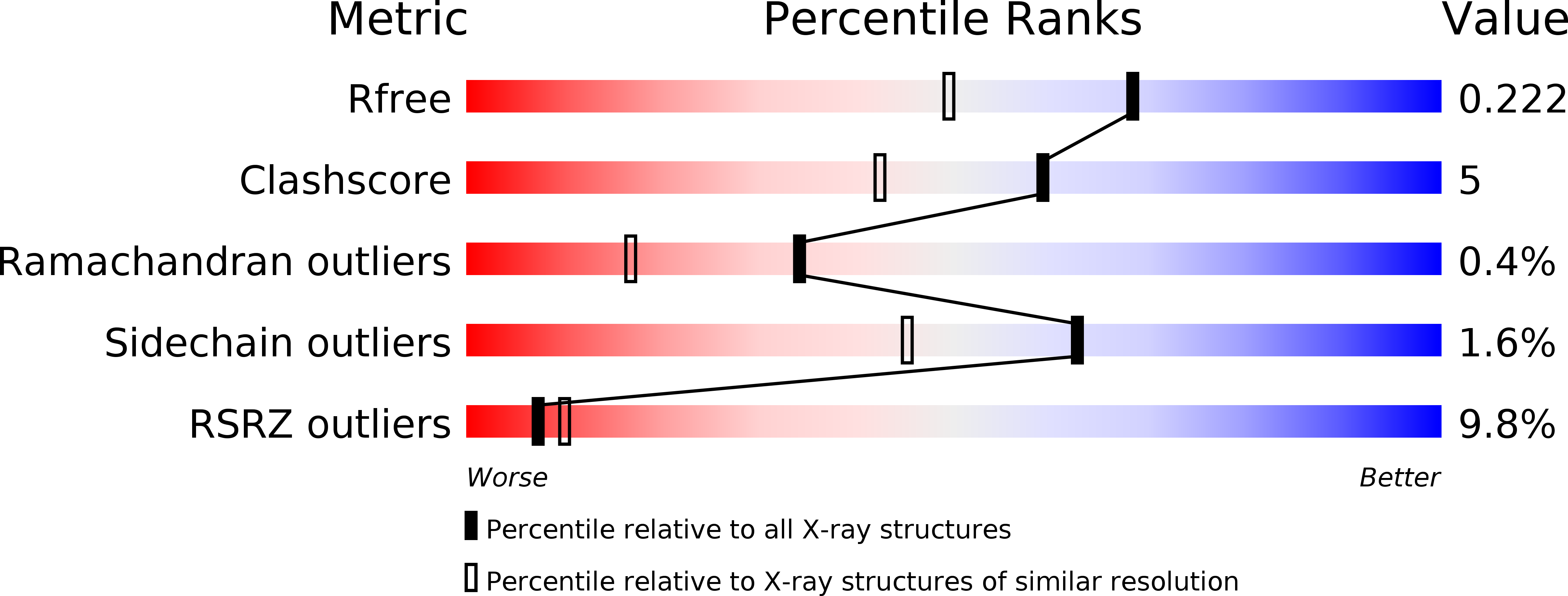
Deposition Date
2011-11-16
Release Date
2011-12-21
Last Version Date
2024-10-09
Entry Detail
PDB ID:
3UOA
Keywords:
Title:
Crystal structure of the MALT1 paracaspase (P21 form)
Biological Source:
Source Organism:
Homo sapiens (Taxon ID: 9606)
Host Organism:
Method Details:
Experimental Method:
Resolution:
1.75 Å
R-Value Free:
0.22
R-Value Work:
0.19
R-Value Observed:
0.19
Space Group:
P 1 21 1


